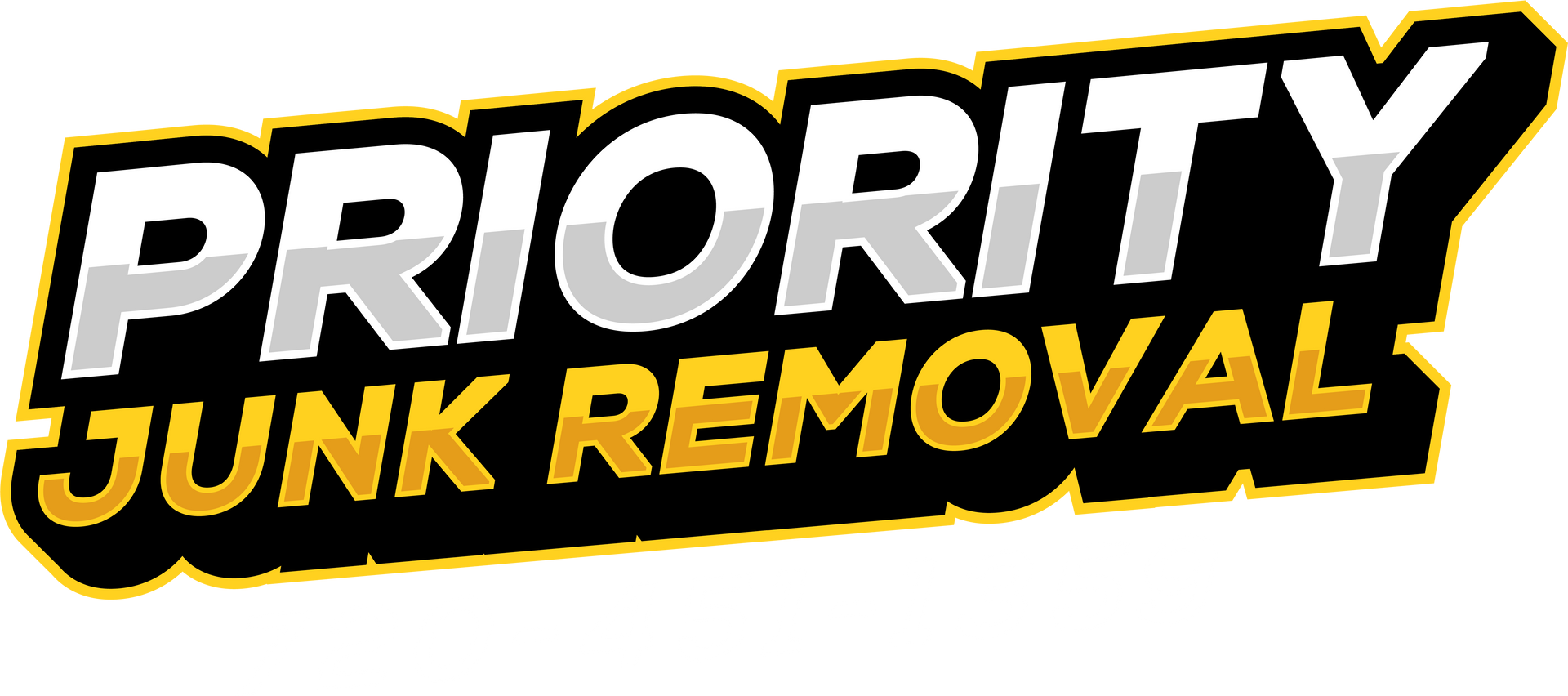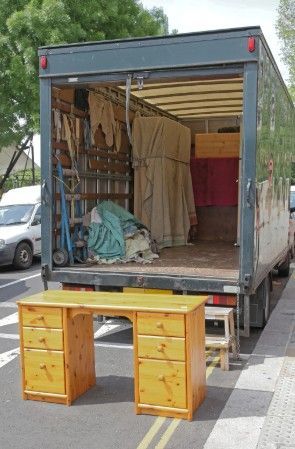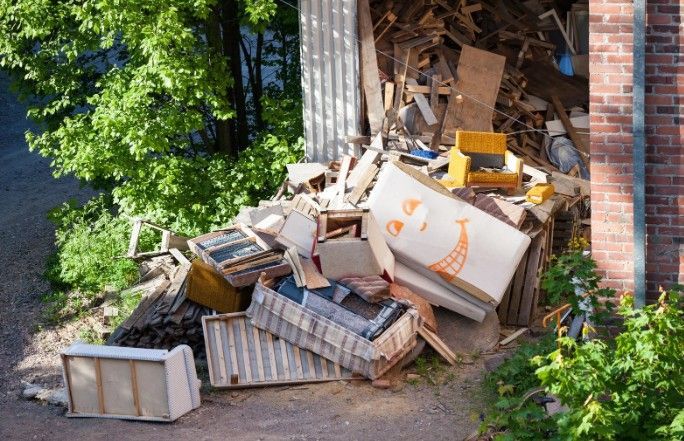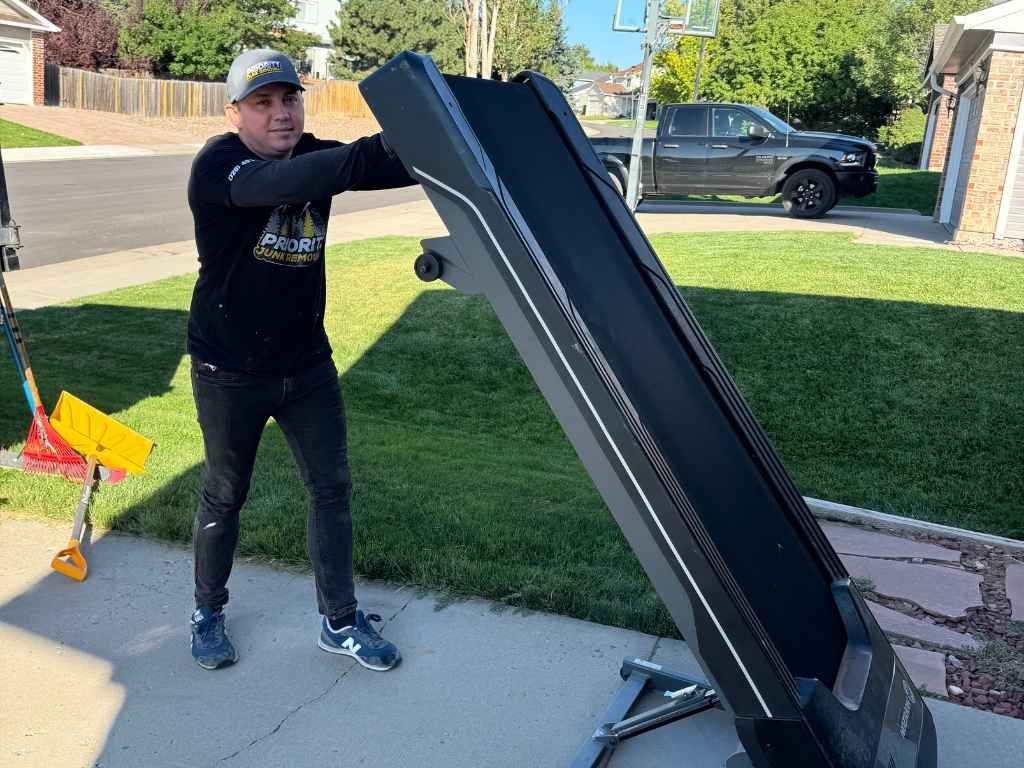Best Practices for Flooring Removal
Removing flooring may seem straightforward, but a seamless, efficient process requires more than just prying up old materials. The right approach depends on the flooring type, the tools at hand, and the desired outcome for the space. Whether dealing with hardwood, tile, laminate, or carpet, careful planning and execution can save time, effort, and potential damage to the underlying surface. Flooring removal demands patience, precision, and the proper disposal of materials. Cutting corners can lead to costly repairs or prolonged renovations. Mastering best practices ensures a cleaner, safer, and more efficient flooring replacement process.
What We Offer
Flooring Removal Services
We specialize in professional flooring removal, eliminating outdated or damaged surfaces with precision. Our team ensures every step is handled efficiently, from stripping away old materials to preparing the subfloor for a fresh installation. Whether it's tile, hardwood, or carpet, we tackle each job with expertise and care. Say goodbye to dust, debris, and hassle.
Eco-Friendly Debris Disposal
Sustainability matters, even in demolition work. Our eco-conscious approach ensures flooring materials are disposed of responsibly. We sort, recycle, and repurpose whenever possible, reducing landfill waste and environmental impact. By choosing responsible disposal methods, we help keep communities cleaner while maintaining compliance with local regulations.
Heavy-Duty Equipment and Expertise
Flooring removal requires specialized tools, and we bring the best to every project. From industrial-grade scrapers to dust-containment solutions, we use cutting-edge technology to streamline the process. Our skilled team knows how to handle tough adhesives, stubborn tiles, and layered flooring, ensuring a damage-free and efficient removal.
Site Cleanup and Preparation
A clean space is a productive space. After removing flooring, we thoroughly clean and prepare the area for its next stage. Dust, nails, glue residue—nothing gets left behind. Whether you're planning a fresh installation or a complete remodel, we ensure your subfloor is in prime condition for the next step.
Residential and Commercial Flooring Removal
No project is too big or small. Whether it's a single-room renovation or an entire commercial space, we adapt to the scale of your flooring removal needs. Homes, offices, retail spaces—we handle it all with professionalism and efficiency. Our goal is to minimize disruption while delivering top-notch results.
Benefits of Professional Flooring Removal

Efficiency and Time-Saving
DIY flooring removal can take days or even weeks, depending on the materials involved. Professional services ensure the job is completed swiftly and efficiently. With experienced technicians and industrial-grade equipment, removal is handled seamlessly, allowing your renovation project to proceed without unnecessary delays.
Minimized Damage to Subfloor
Improper flooring removal techniques can cause damage to the underlying surface, leading to costly repairs. Experts know how to remove different types of flooring while preserving the integrity of the subfloor. This careful approach ensures a smoother transition to new flooring installation without additional expenses.
Safer Work Environment
Flooring removal involves sharp tools, heavy materials, and airborne dust, all of which pose safety risks. Professionals follow strict safety protocols to minimize hazards. Protective gear, dust control systems, and proper lifting techniques are all part of the process, ensuring a safe and controlled worksite.
Proper Waste Disposal
Disposing of old flooring is not as simple as tossing it in a dumpster. Many materials require special handling and disposal methods to comply with regulations. A professional service manages debris responsibly, recycling whenever possible and disposing of hazardous materials in accordance with environmental guidelines.
Cost-Effective in the Long Run
While hiring professionals may seem like an added expense, it ultimately saves money. Avoiding damage to the subfloor, reducing downtime, and preventing disposal fees all contribute to a cost-effective flooring removal process. Investing in expertise ensures a smooth, stress-free experience from start to finish.
Mastering Flooring Removal for a Hassle-Free Renovation
Removing flooring might seem straightforward, but it’s a process that demands careful planning, the right tools, and a methodical approach. Whether you're dealing with tiles, carpet, or hardwood, each material requires specific handling to avoid damage and ensure a smooth transition to new flooring. Precision and patience are essential—rushing the process can lead to costly mistakes and prolonged downtime. Preparing the workspace by removing furniture, protecting walls, and assessing the subfloor condition is key to a successful project.
Proper removal techniques prevent issues like subfloor damage, lingering adhesive residue, or uneven surfaces. Investing time in thorough preparation and understanding the nuances of each flooring type will make the entire process more manageable. A well-executed removal sets the foundation for a flawless flooring installation, saving you time and money while delivering a professional-quality finish.
Tile, Carpet, or Hardwood? Best Practices for Every Flooring Type
Each flooring type presents its own set of challenges when it comes to removal. Tile removal often requires a chipping hammer, floor scraper, and sometimes a heat gun to loosen adhesive. The process can be noisy and dusty, so wearing protective gear is a must. Carpet removal involves cutting it into manageable strips and carefully pulling it up to avoid damaging the subfloor. The tack strips and underpadding need to be pried up with care to avoid splinters or gouging.
Hardwood removal can be particularly tricky due to the strong adhesive and nails used during installation. A pry bar, oscillating tool, and sander may be necessary to lift the boards without splintering. Understanding the best tools and methods for each flooring type ensures an efficient process and reduces the risk of damage to the underlying surface, paving the way for a smoother installation.
Avoid These Common Flooring Removal Mistakes
Skipping proper preparation is one of the most common mistakes in flooring removal—and it can lead to major setbacks. Failing to assess adhesive strength or the condition of the subfloor can result in uneven surfaces, lingering residue, and even structural damage. Another frequent error is using the wrong tools. For example, attempting to pry up tiles with a screwdriver instead of a proper chisel can crack the subfloor.
Rushing through the process can also cause injury; slipping tools, loose nails, and flying debris are hazards that can be avoided with proper safety gear and technique. Failing to manage dust and debris can spread contaminants throughout the home, making cleanup more difficult. Taking the time to research best practices and carefully preparing the workspace ensures a safer and more efficient removal process, saving you time and frustration.
How to Remove Flooring Like a Pro
Professional-grade flooring removal is all about using the right tools, techniques, and strategy. Start by clearing the work area and protecting nearby surfaces to prevent accidental damage. For tile, a chipping hammer and floor scraper are essential, while hardwood may require a pry bar and oscillating multi-tool to lift boards without splintering them. When working with carpet, cutting it into sections and rolling it up makes it easier to handle and dispose of.
Heat can soften stubborn adhesive, making it easier to scrape away, while water can help loosen certain types of glue without damaging the subfloor. Professional-grade dust containment systems and HEPA-filter vacuums reduce mess and protect indoor air quality.
The Hidden Challenges of Flooring Removal
Flooring removal often comes with surprises lurking beneath the surface. Hidden nails, staples, and screws can damage tools or lead to injury if not carefully extracted. Stubborn adhesive or underlayment can resist removal, requiring heat or chemical removers to break down. Subfloor issues, such as rot, moisture damage, or uneven surfaces, may only become apparent once the old flooring is removed.
In some cases, asbestos or lead-based adhesives can complicate the process and pose health risks, necessitating professional intervention. Unexpected gaps or dips in the subfloor can affect the integrity of new flooring, requiring leveling or patching before installation. Anticipating these hidden challenges and knowing how to address them ensures a smoother project.
Flooring Removal and Dust Control Strategies
Dust is an unavoidable side effect of flooring removal, but it doesn’t have to overtake your home. Sealing off the work area with plastic sheeting and painter's tape helps contain dust and prevents it from spreading to other rooms. Using a high-powered HEPA-filter vacuum to capture airborne particles during the removal process minimizes cleanup time and protects indoor air quality.
Wetting down the flooring or adhesive before removal can help reduce the amount of dust released into the air. Floor grinders and scrapers equipped with built-in vacuum ports further reduce dust levels. Wearing a high-quality dust mask and safety goggles protects your health during the process.
The Right Tools Make Flooring Removal Easier
Having the proper tools on hand is the key to efficient flooring removal. A heavy-duty floor scraper makes quick work of adhesive and underlayment, while a pry bar is essential for lifting hardwood planks without splintering them. Oscillating multi-tools are perfect for cutting around edges and tight spaces, and a chipping hammer helps break up stubborn tile.
Adhesive removers and heat guns soften glue, making it easier to scrape away without damaging the subfloor. Dust containment systems and HEPA-filter vacuums keep the workspace clean and safe. Investing in high-quality tools reduces labor time, minimizes cleanup, and helps preserve the integrity of the subfloor.
Conclusion
Flooring removal is more than just tearing up old materials—it’s a meticulous process that requires careful planning, specialized tools, and proper disposal techniques. Ensuring efficiency, safety, and minimal disruption is key to a successful flooring replacement project.
For expert flooring removal services that prioritize professionalism, environmental responsibility, and precision, contact Priority Junk Removal. We are conveniently located at 6091 South Spotswood Street, Littleton, Colorado 80120, United States. Call us at 720-451-1359 or email us at priorityjunkremoval@gmail.com for hassle-free service that gets the job done right.











